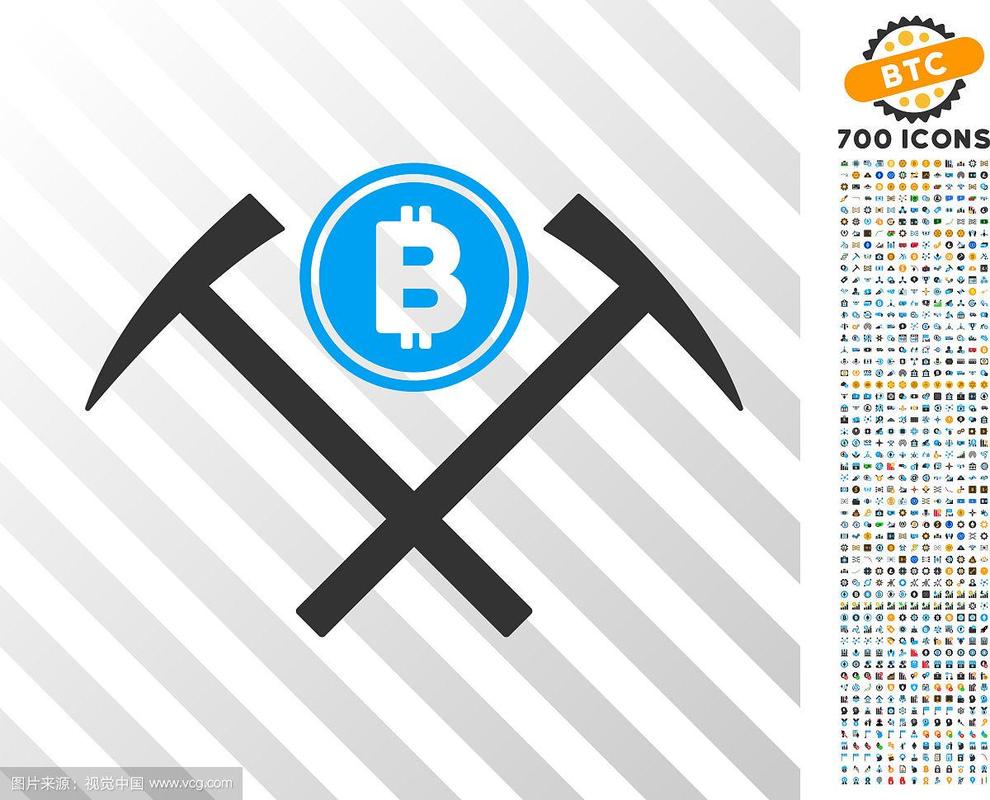In the vibrant landscape of Kenya’s burgeoning tech scene, the concept of mining ROI—Return on Investment—stands as a beacon for those venturing into the world of cryptocurrencies. Picture this: vast savannas giving way to humming data centers, where powerful mining machines churn through complex algorithms to unearth digital gold. For businesses like ours, specializing in selling and hosting these sophisticated devices, optimizing hardware isn’t just a strategy; it’s an art form that can turn modest investments into substantial profits. As Bitcoin (BTC) prices fluctuate wildly on global exchanges, savvy miners in Kenya are tuning their rigs to maximize efficiency, ensuring every watt of electricity translates into more coins mined and fewer costs incurred. This deep dive explores how hardware optimization can elevate your mining endeavors, blending the allure of ETH and DOG with practical, real-world applications.
At the heart of mining ROI lies the mining rig, a symphony of components working in unison to solve cryptographic puzzles. These beasts, often custom-built or purchased from reliable suppliers, demand meticulous attention to detail. In Kenya, where electricity costs can make or break a operation, optimizing a rig means selecting processors that sip power rather than guzzle it, all while maintaining high hash rates. Consider the evolution of Bitcoin mining: from early CPU-based systems to today’s ASIC miners, which are engineered for unparalleled speed and efficiency. Yet, it’s not just about BTC; Ethereum (ETH) miners are increasingly adopting GPU rigs for their versatility, allowing seamless transitions between proof-of-work and the upcoming proof-of-stake models. Meanwhile, the whimsical rise of Dogecoin (DOG) has drawn newcomers, who often overlook the importance of cooling systems and overclocking—tweaks that can boost ROI by 20-30% in a single setup. Diversifying across currencies like these not only spreads risk but also injects unpredictability into the mining process, keeping operations dynamic and engaging.
Now, imagine a sprawling mining farm in the Kenyan highlands, where rows of miners hum like a chorus of digital workers. These facilities, which we expertly host and manage, represent the pinnacle of hardware optimization. By consolidating multiple rigs into a single, climate-controlled environment, miners can achieve economies of scale that individual setups simply can’t match. For BTC enthusiasts, this means leveraging industrial-grade power supplies and advanced cooling arrays to handle the intense demands of blockchain validation. Over in the ETH sector, farms are adapting to network upgrades, ensuring that hardware remains relevant amid shifting protocols. Even DOG, with its community-driven ethos, benefits from such setups, where optimized networks reduce downtime and enhance overall yield. The beauty lies in the burst of activity: short bursts of high-intensity computing followed by strategic downtimes, creating a rhythm that maximizes returns while minimizing wear and tear on the machines.

Delving deeper, the role of exchanges cannot be understated in calculating true ROI. In Kenya, platforms like Binance or local equivalents allow miners to swiftly convert their BTC, ETH, or DOG hauls into tangible currency, factoring in transaction fees and market volatility. Hardware optimization extends beyond the rig itself; it encompasses smart software integrations that automate trading and monitoring. For instance, using advanced algorithms to predict energy costs and adjust mining intensity accordingly can lead to surprising gains—sometimes doubling ROI in volatile markets. Mining machine hosting services, like those we provide, add another layer of sophistication, offering remote management tools that let users fine-tune their operations from anywhere. This unpredictability keeps the game thrilling, as a sudden surge in DOG popularity might prompt a rapid hardware reconfiguration, turning a routine day into a profitable windfall.
Yet, challenges abound in Kenya’s mining ecosystem, from inconsistent power grids to regulatory hurdles, making hardware resilience a top priority. A well-optimized miner isn’t just about raw power; it’s about durability and adaptability. Picture upgrading a standard mining rig with redundant power sources and error-correcting firmware, ensuring that even in the face of outages, your BTC or ETH mining continues uninterrupted. We’ve seen clients transform their setups by incorporating these elements, resulting in a more rhythmic flow to their operations—long stretches of stable mining punctuated by quick, decisive optimizations. For DOG miners, who often operate on tighter budgets, such strategies democratize access, allowing smaller players to compete with larger farms through clever hardware tweaks and community-shared knowledge.
In conclusion, achieving stellar mining ROI in Kenya hinges on a holistic approach to hardware optimization, weaving together the threads of BTC stability, ETH innovation, and DOG’s infectious energy. By investing in quality mining machines and leveraging hosting services, enthusiasts can navigate the unpredictable waves of cryptocurrency markets with confidence. The key is diversity—not just in currencies but in strategies, sentence by sentence building a narrative that’s as layered as the technology itself. As you embark on this journey, remember: every optimized rig is a step toward a more prosperous, electrifying future in the world of digital assets.

One response to “Mining ROI in Kenya: A Deep Dive into Hardware Optimization.”
This deep dive into Kenya’s mining ROI reveals clever hardware tweaks that blend tech ingenuity with local grit, yielding unexpected profits. A game-changer for efficiency hunters, sparking innovative twists in resource-scarce settings!